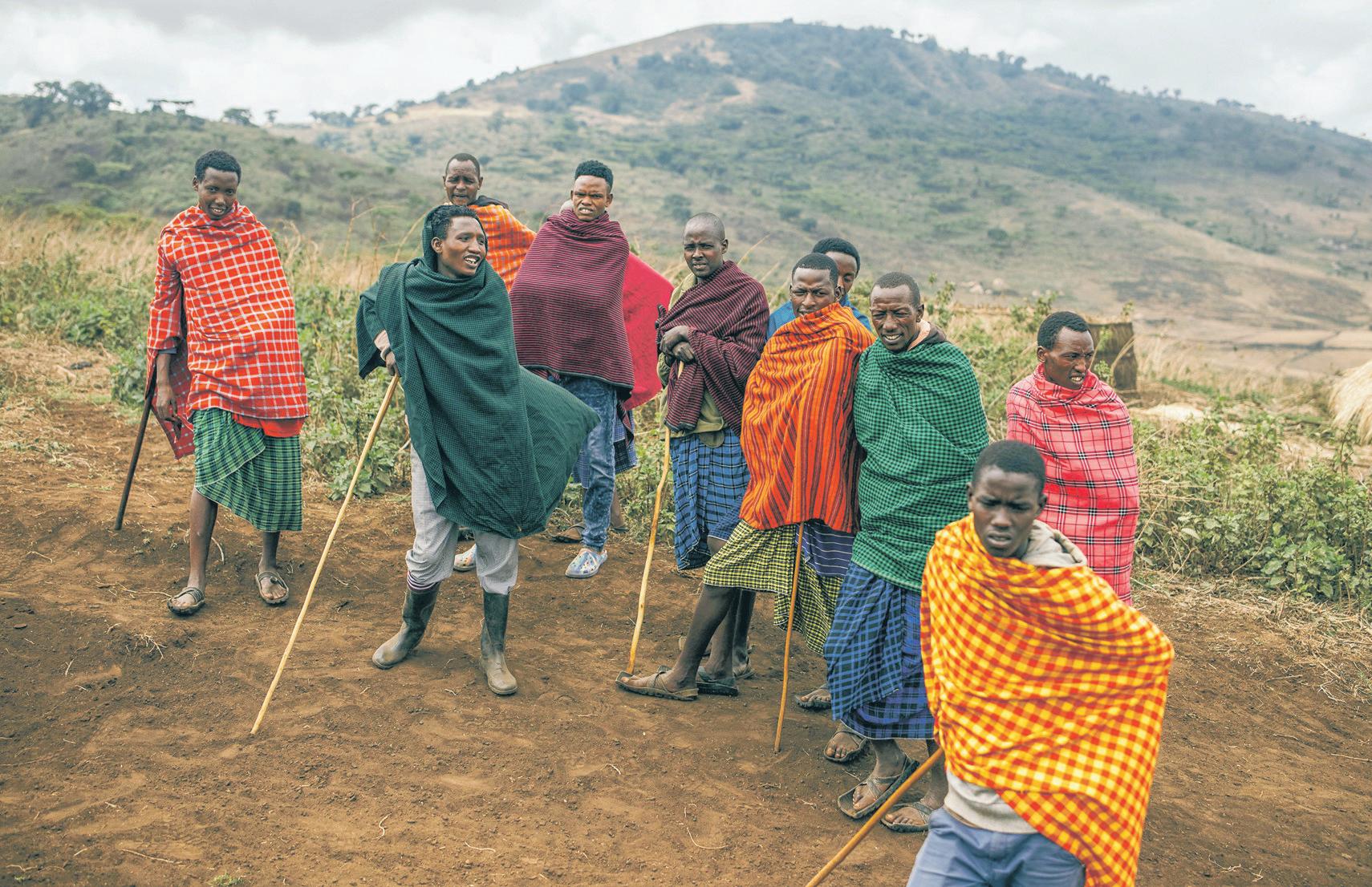New Threats Plague Herders in Tanzania

The Maasai once herded their cattle across the plains of what is now southern Kenya and northern Tanzania. The British colonial government split off a 2-million-acre tract for them to
この記事は The Wall Street Journal の December 23, 2024 版に掲載されています。
7 日間の Magzter GOLD 無料トライアルを開始して、何千もの厳選されたプレミアム ストーリー、9,500 以上の雑誌や新聞にアクセスしてください。
すでに購読者です ? サインイン

この記事は The Wall Street Journal の December 23, 2024 版に掲載されています。
7 日間の Magzter GOLD 無料トライアルを開始して、何千もの厳選されたプレミアム ストーリー、9,500 以上の雑誌や新聞にアクセスしてください。
すでに購読者です? サインイン
